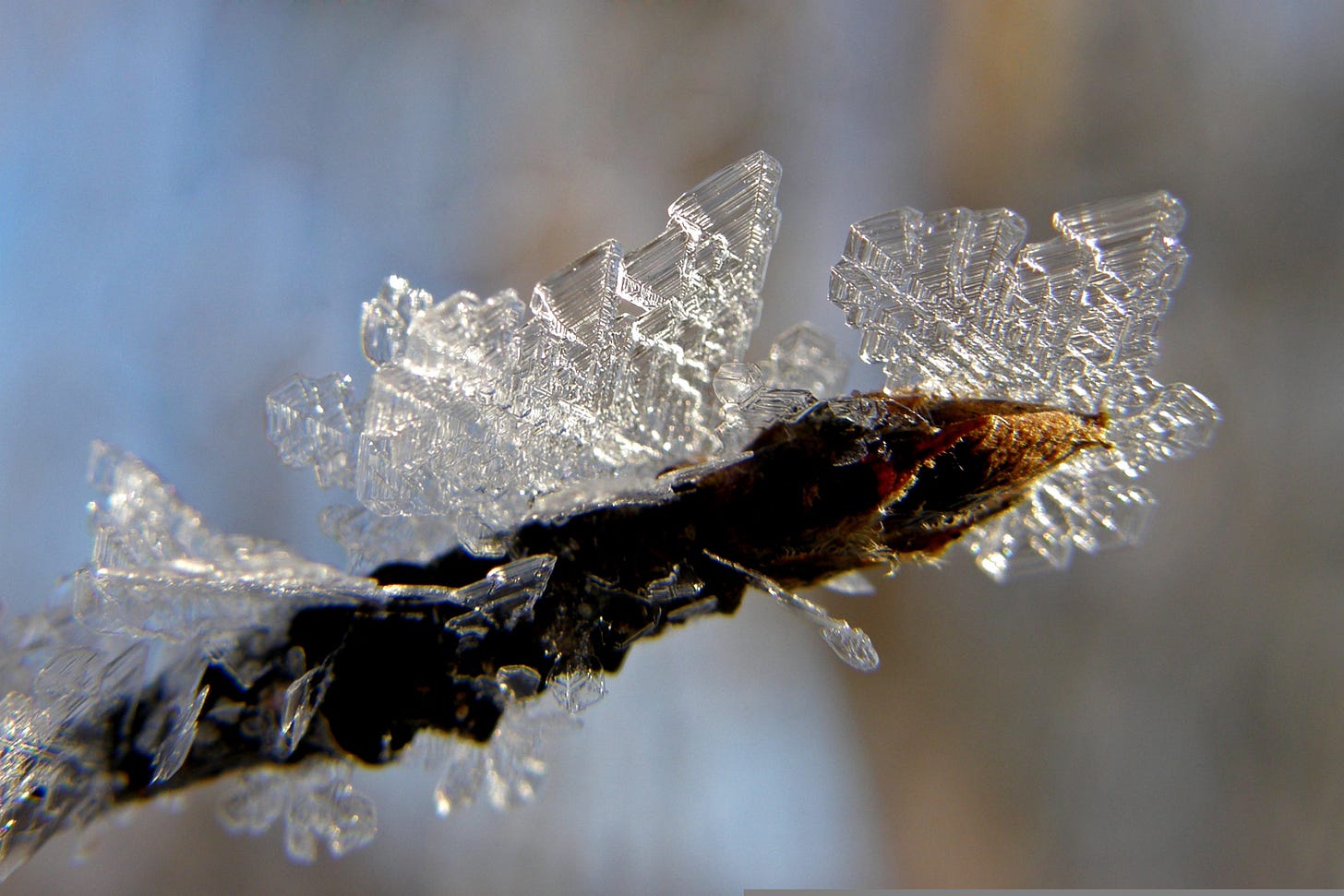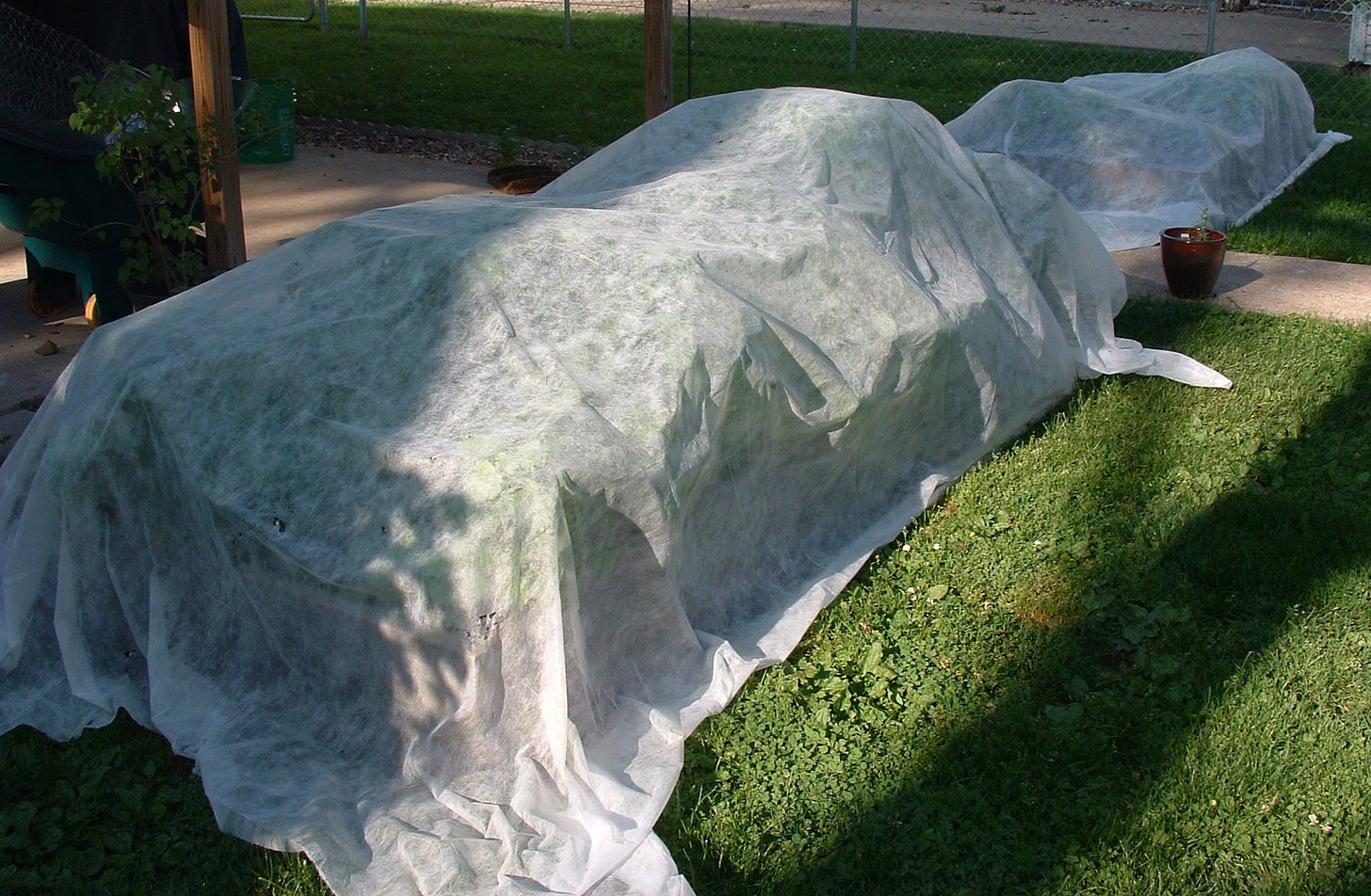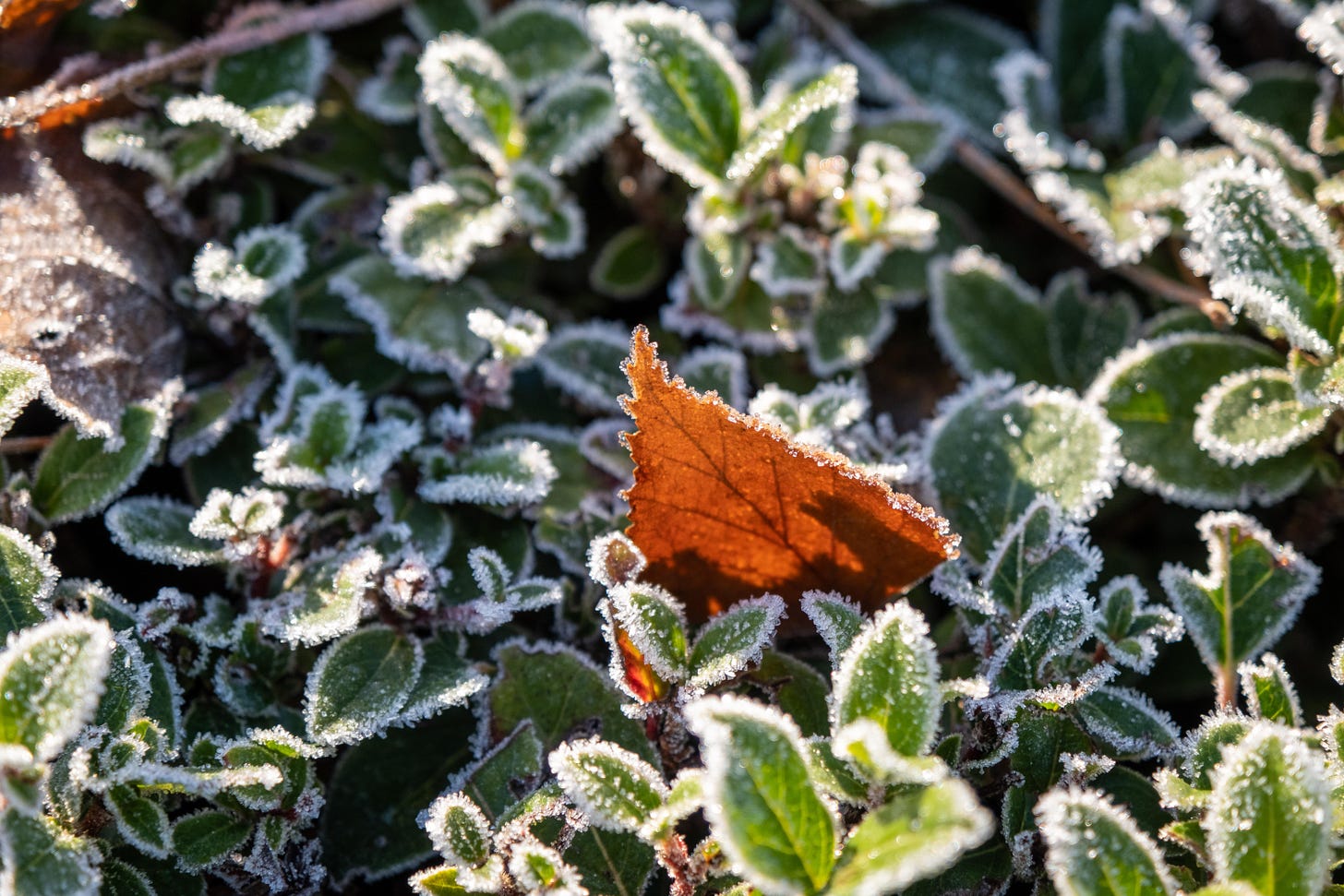Winter occasionally arrives, and when temperatures drop significantly, some plants may not appreciate freezing conditions.
When plant tissue freezes, ice nucleation initiates water crystallization outside the cells, where the solute content is lower. With further temperature decline, crystals grow, attracting more water, and cells shrink as dehydration begins. Continued temperature drop leads to permanent cell damage, culminating in ice formation within them.
Plants in regions with harsh winters have adaptations to low temperatures, falling into two main groups:
freezing avoidance, linked to structural and physiological traits that delay and limit ice formation in tissues;
freezing tolerance, involving biochemical mechanisms enabling plants to endure stresses caused by ice presence and associated dehydrative stress.
Exploring freezing avoidance may not be relevant to gardeners due to its limited practical implications. However, a notable aspect is supercooling, where plants prevent ice formation, keeping their fluids in a liquid state below the canonical freezing point and protecting themselves from deadly frost effects. Conversely, freezing tolerance is interesting, since affects plants not inherently adapted to extremely low temperatures. Plants are in fact categorized based on their sensitivity to low temperatures, with chilling-sensitive ones harmed by exposure to low but nonfreezing temperatures and freezing-tolerant ones which can endure ice formation.
Chilling-sensitive plants, often native to tropical or subtropical climates, are highly vulnerable to freezing, usually being killed as soon as ice forms in their tissues. However, exposing them to a preconditioning temperature, several degrees above the chilling injury threshold, enhances their tolerance through a process known as chill hardening. Similarly, freezing-tolerant plants undergo cold acclimation, improving resistance to freezing stress by exposure to low, nonfreezing temperatures (12 to 0 °C). For instance, plants like citrus can achieve a few Celsius degrees increase in tolerance to low temperatures.

During the day, solar energy warms the soil and objects like plants, transferring heat to the lower atmosphere through conduction and convection, causing it to warm. In winter nights with clear skies and almost no wind, the situation reverses: heat loss through radiation creates a cushion of icy air at low altitudes, known as thermal inversion.
In a windborne freeze, when a cold air mass moves into an area bringing freezing temperatures, there's no thermal inversion and attempts to protect plants are severely limited. A radiation frost can occur instead during a thermal inversion, causing ground surface temperatures to drop below freezing. In this scenario, there are measures that can be taken to limit damage to the plants.
The methods for frost-freeze protection focus on preventing or compensating for heat loss. Site selection is crucial, especially for gardens in mountainous, hilly, or uneven terrain regions. Cold air, being denser than warm air, flows downhill and accumulates in lower garden areas, similar to water. As a result, temperatures can vary even in small gardens with specific topographical conditions. While south-facing slopes are generally warmer, plants on such slopes may emerge from dormancy earlier, potentially offsetting the advantages in many cases.
Soil moisture and compaction significantly influence minimum temperatures. Moist, compact soil retains more heat during the day than loose, dry soil, providing more warmth to plants at night. Therefore, it's essential to avoid soil tillage and milling before frost or freeze events, while keeping the soil moist (but not soggy).
Groundcover also plays a role. Vegetation reflects more solar radiation during the day and transpires, acting as a temperature-regulating mechanism. This reduces the heat stored in both the vegetation and the soil beneath it. A bare, undisturbed moist soil with no ground cover can release enough heat to slightly raise the temperature in the plant canopy compared to soil covered with sod, grass, or straw mulch.
For small plants, protection during short and limited-severity frosts is possible by covering them. The effectiveness varies with the cover material: the better it blocks outgoing radiant heat, the more protection it offers. To prevent sweating and potential rotting when using waterproof materials, remove protective covers during extended mild weather and replace them as needed if the weather turns cold again.

And that concludes it. Perhaps I could have spared you from all these words by condensing it into a couple of lines: “How can I prevent frost damage to my plants? Simple, avoid cultivating plants that are sensitive to frost!” Opt for native plants in your region, mimic the surrounding nature, and you'll encounter no issues!
There, that's the most crucial advice.





